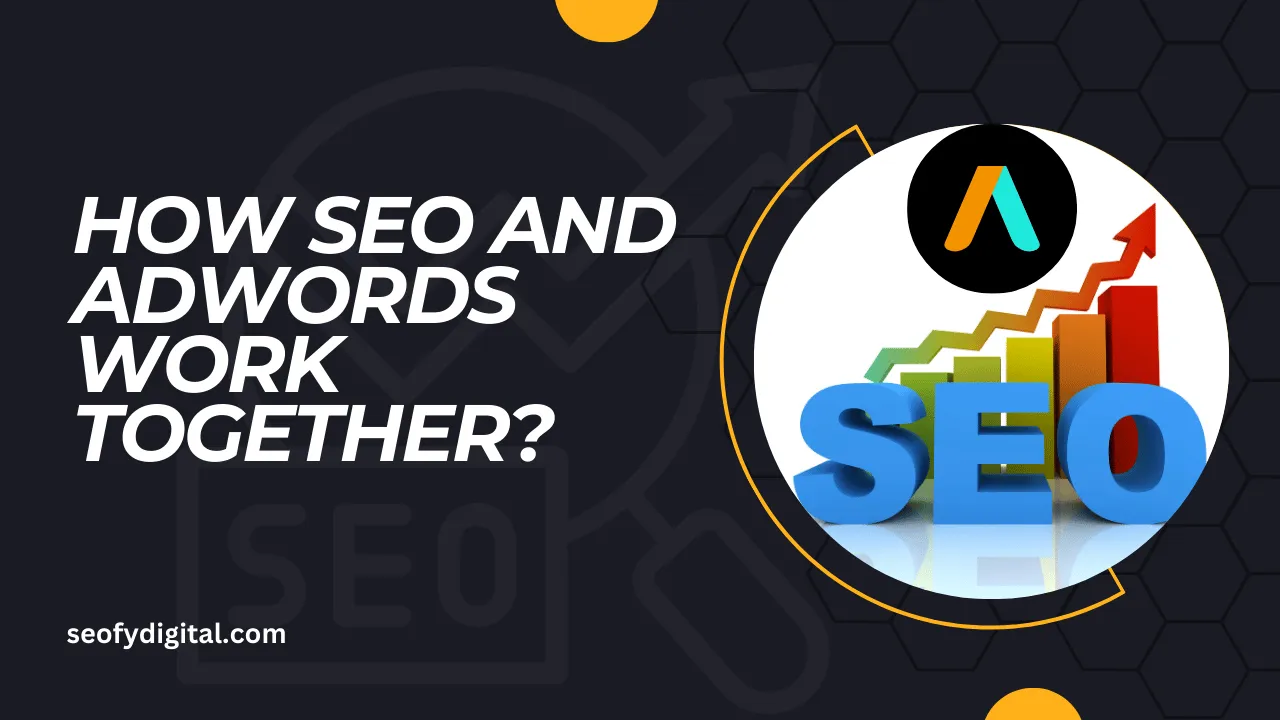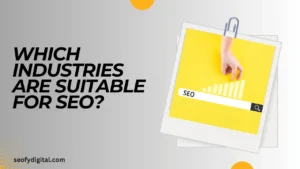In today’s digital landscape, businesses face an overwhelming amount of competition, making it crucial to stand out. A fascinating statistic reveals that over 70% of online experiences begin with a search engine, which underscores the importance of being visible where potential customers are looking.
A small business that expertly utilized both SEO and AdWords increased its revenue by 300% in just one year, demonstrating the profound impact of these strategies when combined. The question then arises: how can you harness the power of both to drive your business success?
SEO and AdWords are not just individual strategies; they are two halves of a whole that, when used together, can significantly amplify a website’s visibility, traffic, and conversions. While SEO focuses on organic search rankings over the long term, AdWords provides immediate results through paid advertising.
This article will explore how these two powerful tools complement each other, revealing the synergy that can be achieved by integrating them into your marketing plan.
As we delve deeper into the relationship between SEO and AdWords, we will first clarify what each entails. Then, we will highlight their complementary roles in enhancing your online presence.
Finally, we will discuss best practices for creating a combined strategy that maximizes your marketing efforts. Join us as we uncover the dynamics of SEO and AdWords, and discover how they can transform your business.

Contents
- 1 Understanding SEO and AdWords
- 2 How SEO and AdWords Complement Each Other
- 3 Best Practices for a Combined Strategy
- 4 Conclusion
- 5 FAQs
- 5.1 1. What is the primary difference between SEO and AdWords?
- 5.2 2. How long does it take to see results from SEO?
- 5.3 3. Can I use SEO and AdWords simultaneously?
- 5.4 4. How do I choose the right keywords for both strategies?
- 5.5 5. Is AdWords worth the investment?
- 5.6 6. How often should I update my SEO strategy?
Understanding SEO and AdWords
SEO (Search Engine Optimization) is the practice of optimizing your website to improve its visibility in organic search results. It involves a variety of techniques, focusing primarily on two areas: on-page SEO and off-page SEO.
- On-page SEO includes essential elements such as keyword research, which helps identify the terms users are searching for, and content optimization, ensuring your content is relevant and engaging. Additionally, meta tags play a crucial role in helping search engines understand your pages better.
- Off-page SEO, on the other hand, encompasses tactics that occur outside your website, like backlinking and social media marketing. Building high-quality backlinks from reputable sites signals to search engines that your content is trustworthy, enhancing your site’s authority and ranking.
AdWords (now known as Google Ads) is a powerful platform that allows businesses to create targeted ads that appear on Google’s search results and across the web. The primary model is Pay-Per-Click (PPC) advertising, where advertisers bid on keywords and pay only when someone clicks on their ad. This allows for immediate visibility for relevant searches.
- Core components of an AdWords campaign include keywords, which determine when your ads will show, ad copy, which needs to be compelling enough to entice clicks, and landing pages, which should provide a seamless user experience to convert visitors into customers.
How SEO and AdWords Complement Each Other
Increased Visibility is one of the most significant benefits of integrating SEO and AdWords. While SEO is a long-term strategy that gradually improves organic search rankings, AdWords can provide a quick boost in visibility for targeted keywords. This dual approach ensures that your business can gain traction in search results from both organic and paid perspectives.
Enhanced Brand Awareness is another critical advantage. When users see your brand appearing in both organic search results and paid ads, it reinforces your brand identity. This consistent branding fosters trust and recognition, making potential customers more likely to choose your services over competitors.
Improved Conversion Rates can be achieved when both strategies work in harmony. SEO-driven traffic is often qualified and more likely to convert due to its targeted nature, while AdWords allows you to tailor ads to specific demographics and user intent, leading to higher conversion rates. By combining these strengths, businesses can effectively reach and engage their target audience.
Data-Driven Insights from both platforms can greatly inform future marketing strategies. SEO tools like Google Analytics can provide detailed data on organic traffic and user behavior, while AdWords offers insights into ad performance and keyword effectiveness. By analyzing this data collectively, businesses can make informed decisions to optimize their overall marketing approach.

Best Practices for a Combined Strategy
Keyword Research is the foundation of a successful SEO and AdWords strategy. Identify high-intent keywords that resonate with your target audience. Prioritize keywords based on factors like search volume, competition, and relevance. This groundwork will ensure both strategies are aligned and focused on the same goals.
Content Marketing plays a vital role in attracting and retaining visitors. Create high-quality, SEO-optimized content that addresses the needs of your audience. Use AdWords to promote this content, driving immediate traffic and establishing authority in your niche.
Landing Page Optimization is crucial for converting visitors. Design landing pages that are relevant to both organic and paid traffic, ensuring they are user-friendly and optimized for conversions. Test different layouts and content to determine what resonates best with your audience.
Budget Allocation is a critical aspect of managing your marketing efforts. Determine the optimal budget for both SEO and AdWords based on your campaign goals and target audience. Consider factors such as the expected return on investment (ROI) and how each strategy can contribute to your overall success.
Tracking and Analysis should be ongoing. Utilize tools like Google Analytics to monitor performance and gather insights from both strategies. This data can inform future adjustments, enabling you to refine your approach and maximize results continuously.
Conclusion
In summary, SEO and AdWords are powerful digital marketing strategies that, when combined, can significantly enhance your online presence. By understanding how they work together, businesses can create a cohesive marketing strategy that boosts visibility, increases traffic, and improves conversion rates. The synergy between these two approaches leads to a comprehensive understanding of your audience and their needs.
As digital marketing evolves, emerging trends such as voice search, artificial intelligence, and machine learning will increasingly impact both SEO and AdWords. Adapting to these trends will be essential for staying ahead of the competition and achieving your marketing goals.
The call to action is clear: leverage the combined power of SEO and AdWords to propel your business forward. The time to start is now. By embracing these strategies, you are not just improving your website’s visibility but also setting the stage for long-term success in the ever-evolving digital marketplace.
FAQs
1. What is the primary difference between SEO and AdWords?
SEO focuses on organic search traffic and long-term strategies for improving website visibility, while AdWords is a paid advertising platform that generates immediate traffic through paid ads.
2. How long does it take to see results from SEO?
SEO is a long-term strategy; typically, it can take 3 to 6 months to start seeing significant results in terms of increased organic traffic and improved rankings.
3. Can I use SEO and AdWords simultaneously?
Yes, using both strategies together can maximize visibility and traffic. They complement each other well, with SEO providing long-term growth and AdWords offering immediate results.
4. How do I choose the right keywords for both strategies?
Conduct thorough keyword research using tools like Google Keyword Planner to identify high-intent keywords based on search volume and competition. Prioritize keywords that align with your business goals.
5. Is AdWords worth the investment?
Yes, AdWords can be a valuable investment, particularly for businesses looking to gain quick visibility and traffic. It allows for targeted advertising to specific demographics and can lead to higher conversion rates.
6. How often should I update my SEO strategy?
Your SEO strategy should be updated regularly based on performance data and changing market trends. A review every 3 to 6 months is recommended, but stay alert to any significant changes in search algorithms or industry standards.








